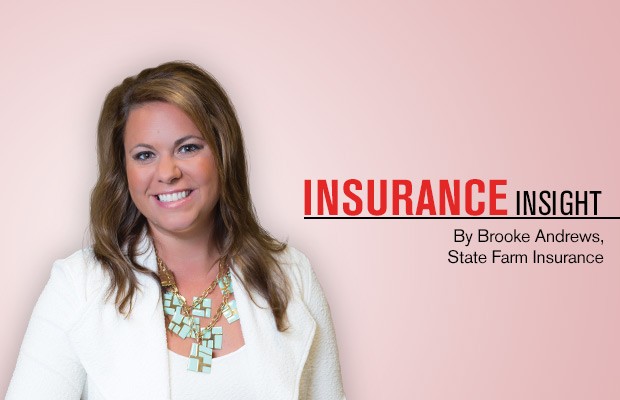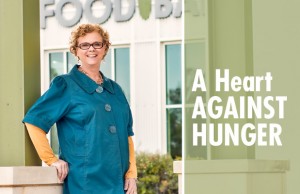Insurance Insight: Safely Staying Warm

In many parts of the country, cold weather is on its way. Falling leaves, football season, and shorter days offer a time when our thoughts turn to furnaces, fireplaces, and space heaters. The National Fire Protection Association (NFPA), the leader on fire, electrical and other related hazards, tells us that half of home heating equipment fires are reported during the months of December, January, and February.
I hope that you take a few moments and review the tips below that can help your family stay warm during the upcoming months (and remain safe)!
NFPA has a wonderful safety tip sheet about heating safety. It references standards NFPA 97 and NFPA 211, with information about how to safely install and use home heating appliances. It is so nice to curl up by the fireplace or wood stove with a cup of cocoa, blanket and your pet close by, and even nicer to know that you are safe while doing so.
Some tips to consider are:
- Make sure that the equipment is properly installed and vented.
- Turn portable heaters off when leaving the room or going to bed.
- Make sure that you have working smoke alarms and test them at least once a month, using the test button.
- Install a carbon dioxide alarm and test it at least once a month.
- Keep anything that can burn (such as paper or wood) at least three feet away from all heating appliances.
- Have chimneys and vents cleaned and inspected by a professional.
- Only use the recommended fuel for any equipment that requires fuel.
- Dispose of hot ash properly. Ashes should be cool when placed in a metal container that is kept away from the home.
- Never use a kitchen oven to heat your home.
- Make sure that you have a spark screen in front of the fireplace.
- Make sure that you have a properly installed chimney cap.
- Make sure that tree limbs are 10 feet away and never overhanging the chimney. Keep leaves and pine needles off the roof.
Generator Safety
Many people have invested in a generator. These can be portable or installed in the home for back-up purposes. Before using one, learn about the potential dangers associated with portable generators, such as their production of carbon monoxide (CO). CO is an odorless, colorless, and tasteless poisonous gas that is called the “silent killer” because it is virtually undetectable without the use of technology like CO alarms.
Here are some statistics you may find interesting:
- Ice/snow storms and hurricanes account for many of the fatalities associated with generator use
- 67% for the fatalities occurred when a generator was placed in the living area or basement of the home
- 26% of fatalities occurred when a generator was used inside an attached garage or shed
- Between 1992 and 2012 nearly 80% of the 931 CO deaths were associated with generators
- 50% of generator related deaths occurred during Nov. – Feb.
Follow these tips to generate power and safety when using a generator:
- Never operate a generator inside your home or in other enclosed or partially-enclosed spaces, including garages, unless one has been professionally installed by a licensed electrician.
- A generator is a temporary power source and should never be used as a permanent solution.
- Never connect generators directly to household wiring without first installing a transfer switch. This prevents back-feeding which
could electrocute utility workers making repairs. - Make sure your generator is properly grounded and used with a Ground Fault Circuit Interrupter (GFCI).
- Use only extension cords that have a three-pronged plug and are rated for the intended load.
- Your home generator should be installed by a qualified electrician and bear the mark of a nationally recognized testing laboratory, such as UL, Intertek, or CSA.
- Install battery-operated CO alarms or plug-in CO alarms with a battery backup install the home.
- Do not overload the generator.
- The Consumer Product Safety Commission recommends generators be positioned at least
20 feet from doors, windows, and vents to prevent CO from entering the home.
Stay Warm. Stay Safe!
As 2015 comes to an end, please make every precaution to protect your family and the things you have worked so hard for. As with any loss prevention, taking a few small steps can make a huge difference in
a situation.
From my family and my team, everyone have a warm and safe holiday season! It’s a perfect time to hug on the friends and family that are still with us and make new memories that will bring us into 2016!
*Data from “incidents, Deaths, and In-Depth Investigations Associated with Non-Fire Carbon Monoxide from Engine-Driven Generators and Other Engine-Driven Tools, 1999-2012””;
U.S. Consumer Product Safety Commission, August 2013.










0 comments